The aye-aye (pronounced "eye-eye") is one of the world’s most unusual and misunderstood creatures. This nocturnal lemur is native only to Madagascar, and its bizarre features have earned it a reputation both as an ecological wonder and, unfortunately, as a symbol of bad luck. Let’s explore what makes this primate so fascinating and the superstitions that threaten its survival.

The aye-aye is a small, nocturnal primate known for its unique adaptations that help it survive in Madagascar’s forests. Scientifically known as Daubentonia madagascariensis, the aye-aye is the largest nocturnal primate in the world and a member of the lemur family. It has evolved some truly strange traits to help it hunt and forage for food:
Big, glowing eyes: Ideal for seeing in the dark.
Oversized ears: Similar to bats, these allow it to hear faint sounds from insects hidden in wood.
Extra-long middle finger: The aye-aye’s most unusual feature, which it uses to tap on trees and find insects inside.
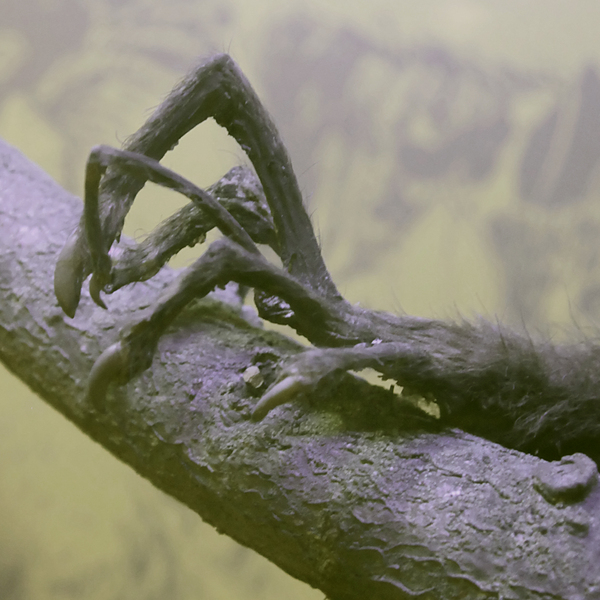
The aye-aye has a specialized hunting technique called percussive foraging. It taps on trees with its long middle finger, listening for hollow sounds that reveal where beetle larvae are hiding. Once it finds a spot, it uses this same finger to dig into the wood and pull out its prey, making it the only primate that hunts in this way. Its diet includes:
Insects and larvae: Especially beetle larvae, which it locates by tapping.
Fruits and nuts: Cracking hard shells with its rodent-like teeth.
Nectar: Occasionally sipping nectar from flowers for variety.
Despite its strange appearance, the aye-aye plays a critical role in Madagascar’s ecosystem. By eating insects that damage trees, it helps maintain forest health and balance. This makes the aye-aye not only unique but also ecologically important.
In Madagascar, many locals see the aye-aye as a creature of bad luck. Folklore suggests that if an aye-aye points its long finger at someone, it brings death or misfortune to that person. Its eerie look—large, intense eyes, a wiry body, and that signature middle finger—has given rise to beliefs that the aye-aye is a symbol of evil or an omen of death. Unfortunately, these superstitions have led to the killing of many aye-ayes, as people see them as threats rather than valuable members of the ecosystem.
The aye-aye is currently listed as endangered. Habitat loss due to deforestation, coupled with superstitious killing, has caused a steady population decline. Conservation organizations like the Durrell Wildlife Conservation Trust and Madagascar Fauna Group are working to protect the aye-aye by educating communities about its ecological importance and setting up protected areas where aye-ayes can thrive.
Rodent-like teeth: The aye-aye’s front teeth never stop growing, so it constantly gnaws on wood to keep them in check.
Flexible middle finger: This finger can be up to three times longer than the others and is perfectly adapted for foraging.
Night owl: Aye-ayes are nocturnal and spend their days sleeping in tree nests.
Unique lineage: The aye-aye is the only surviving member of its family, Daubentoniidae.
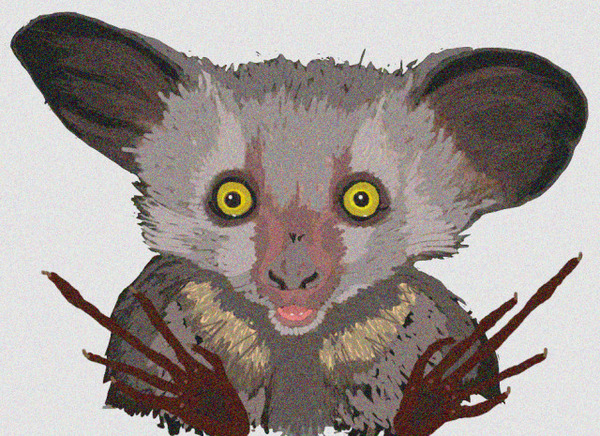
The aye-aye (pronounced "eye-eye") is a fascinating and misunderstood lemur species unique to Madagascar. Known for its strange features and nocturnal lifestyle, this primate has unfortunately gained a reputation as a symbol of bad luck. Despite the myths surrounding it, the aye-aye is a critical part of its ecosystem and deserves closer attention for its ecological role and unique adaptations.
Today, the aye-aye population is in decline. Exact numbers are hard to pin down because of their elusive nature and dense forest habitats, but estimates suggest there may be only around 1,000–2,500 aye-ayes left in the wild. Listed as Endangered by the International Union for Conservation of Nature (IUCN), the aye-aye faces several threats, including habitat loss due to deforestation and traditional hunting tied to local superstitions.
Conservation efforts are underway to protect their numbers, with organizations such as the Durrell Wildlife Conservation Trust and Madagascar Fauna Group actively working to preserve the species through habitat protection and community education to dispel myths around the aye-aye.
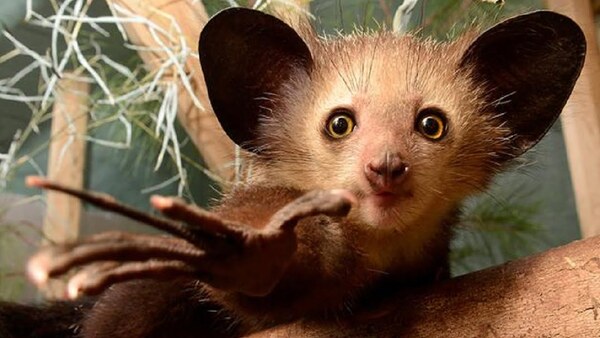
The aye-aye’s appearance is as unique as its behavior. It is one of the largest nocturnal primates, with a body length of around 14 to 17 inches (35 to 43 cm), excluding its bushy tail, which can add another 24 inches (60 cm). They typically weigh between 4 to 6 pounds (1.8 to 2.7 kg), with males generally being slightly larger than females. Covered in coarse, dark brown or black fur, the aye-aye’s eyes are large and luminous, well-suited to their nocturnal lifestyle, while their long, bony fingers help them forage for food in ways few other animals can.
Aye-ayes are found only in Madagascar, where they inhabit a variety of forested regions, from tropical rainforests along the east coast to dry deciduous forests and mangroves on the island’s western and northern areas. While they can adapt to different forest types, they require dense vegetation with mature trees, as they rely on these for both shelter and food. As deforestation continues to reduce Madagascar’s forest cover, aye-ayes are forced into smaller, isolated areas, which restricts their movement and makes survival challenging.
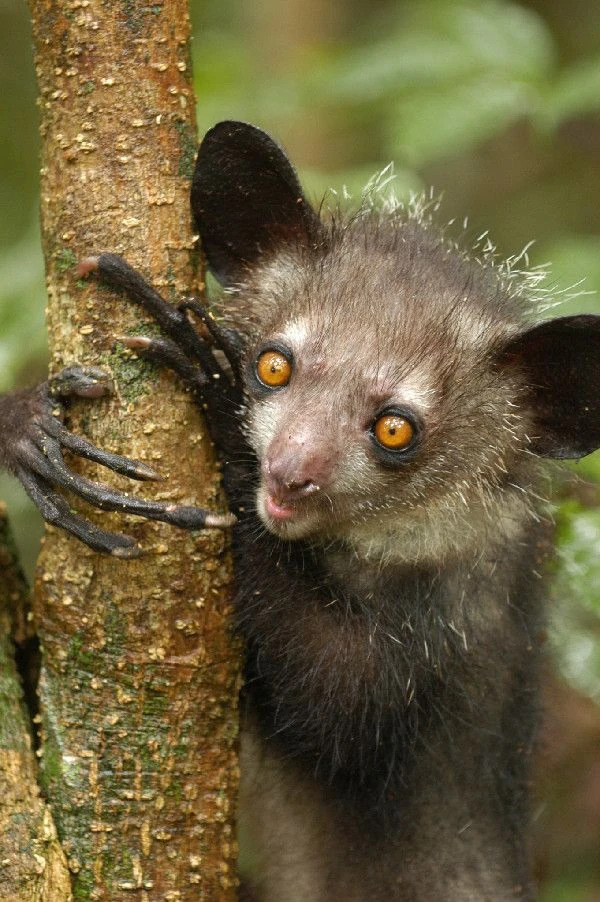
The aye-aye’s role in Madagascar’s ecosystem is crucial, as they help control insect populations by consuming larvae and beetles hidden within tree bark. By preventing these insects from damaging trees, aye-ayes contribute to forest health and biodiversity. Conservationists are focusing on habitat preservation, educating communities to dispel the myths that lead to hunting, and establishing protected areas to give the aye-aye the best chance for survival.
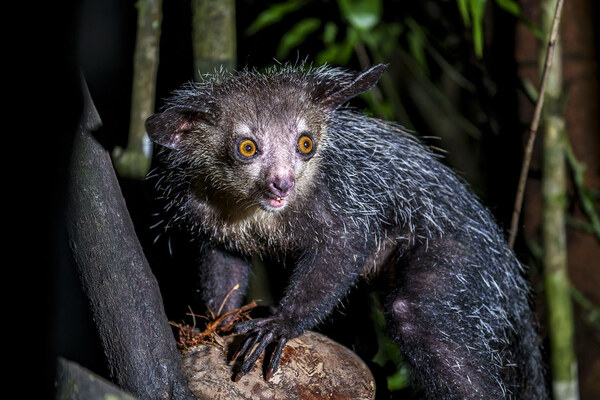
The aye-aye may have an appearance that inspires fear, but it is a remarkable and vital creature in Madagascar’s forests. While superstitions have cast a dark shadow over its reputation, conservationists are working hard to change perceptions and ensure this unique animal survives for generations to come. The aye-aye reminds us of the diversity and wonder of the natural world and why it’s essential to protect even the most misunderstood species.
animal tags: aye-aye
We created this article in conjunction with AI technology, then made sure it was fact-checked and edited by a Animals Top editor.